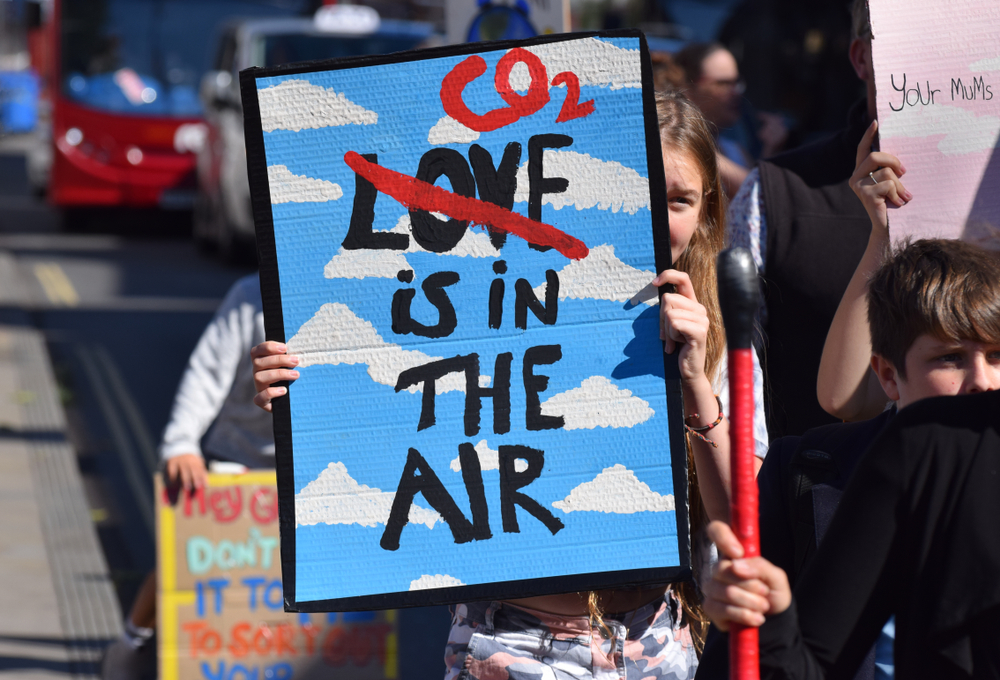New data shows that high air pollution days lead to a spike in the number of children and adults experiencing heart attacks or being sent to hospitals for strokes or severe asthma attacks.
King’s College London, in conjunction with UK100, a network of local council leaders, has reported data for nine English cities which show that high air pollution days trigger an additional 124 out-of hospital cardiac arrests, 231 hospitalisations for stroke and 193 children and adults hospitalised for asthma.
The data was released to coincide with the International Clean Air Summit, held Wednesday 23 October by London major, Sadiq Khan and UK100, a network of local government leaders across England that have pledged to shift wholly to clean energy by 2050, with the World Health Organisation Director General, Tedros Adhanom.
Broken down the data for the nine cities is as follows: London had 338 more emergencies a year on high pollution days compared with low pollution days, Birmingham (65 a year), Manchester (34), Liverpool (28), Bristol (22), Nottingham (19), Derby (16), Southampton (16) and Oxford (10).
Dr Heather Walton, Senior Lecturer in Environmental Health from King’s College said: “The impact of air pollution on our health has been crucial in justifying air pollution reduction policies for some time, and mostly concentrates on effects connected to life-expectancy. However, health studies show clear links with a much wider range of health effects.”
Previous studies have found a link between high air pollution days and a spike in visits to A&E and GPs and on life-expectancy, but this new data gives very precise figures for individual cities. The data is a subset of material that will be published in an upcoming report, Personalising The Health Impacts of Air Pollution, due out in November 2019.
Data from King’s College published in 2018 by the government’s Committee on the Medical Effects of Air Pollutants (COMEAP) estimated that between 28,000 and 36,000 people die as a result of air pollution every year in the UK. This is a significant increase on their 2015 figure of about 29,000.
The case of Ella Kissi-Debrah who died at the age of nine from severe asthma, highlights the consequences of not tackling air pollution. Ella lived near the South Circular Road in Lewisham, London, a hot spot for high air pollution. Ella had seizures for three years and 27 visits to hospital for asthma attacks until a fatal attack in 2013.
An inquest into her death in 2014 made no mention of air pollution as the cause of death, but her family always considered high air pollution episodes to have played a major role. In a report for the family presented to the attorney general in 2018, Professor Stephen Holgate, an expert on air pollution, suggested Ella might have survived if the air pollution around her home had not been so high.
As a result, the family’s (the Ella Roberta Family Foundation) campaign for a second inquest was successful; in May 2019, the high court granted a new inquest into Ella’s death. To date, no individual death has been linked directly to air pollution but if Ella’s death is linked it would increase the pressure on the government to tackle the problem.
Despite the large body of evidence for its detrimental effects on health and life-span, the UK government and those across Europe have made little headway in tackling air pollution.
In the UK, the government has consistently failed to take significant action on air pollution. The activist organisation, ClientEarth, has won three cases in the high court against the UK government over its failure to deal with illegal levels of nitrogen dioxide pollution and in May 2018 after the most recent court loss, the UK government was referred to Europe’s highest court.
Proposals for tackling air pollution were laid out in the Queen’s speech, but measures are considered by campaigners to be too vague and weak.
Polly Billington, the director of UK100, told the Guardian that they “would like to see World Health Organization air pollution standards included in the bill, as they are widely seen as gold standard, with a legally binding timetable to meet them, as that creates certainty and enables long-term planning.”
Earlier this month, the European Environment Agency published its Air Quality in Europe 2019 report, which brings together 2017 data from monitoring stations across Europe. The conclusion is that little progress has been made on tackling air quality in Europe.
Following more than 10 years of gradual declines, the levels of the dangerous fine particulate matter known as PM2.5, which can lodge deep in the lungs and pass into the bloodstream, appear to have reached a plateau across Europe. In the UK, the monitoring station at Marylebone Road continued to record the highest level of nitrogen dioxide pollution in western Europe, despite falls in the overall concentrations of the gas.
Dear Reader,
If you like our content please support our campaigning journalism to protect health care for all.
Our goal is to inform people, hold our politicians to account and help to build change through evidence based ideas.
Everyone should have access to comprehensive healthcare, but our NHS needs support. You can help us to continue to counter bad policy, battle neglect of the NHS and correct dangerous mis-infomation.
Supporters of the NHS are crucial in sustaining our health service and with your help we will be able to engage more people in securing its future.
Please donate to help support our campaigning NHS research and journalism.


